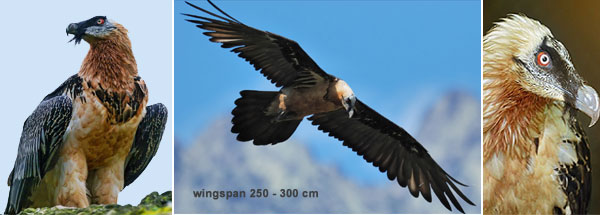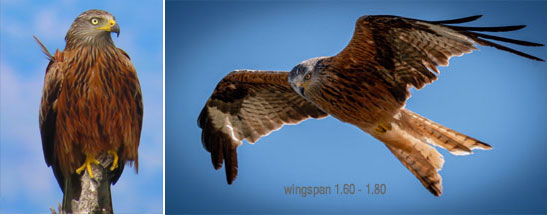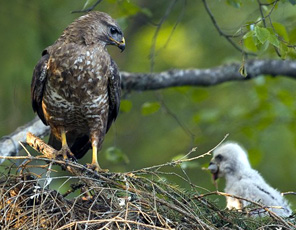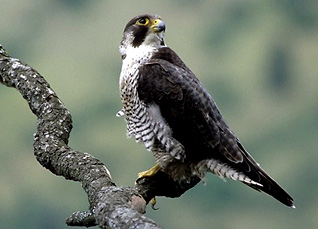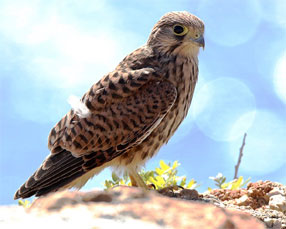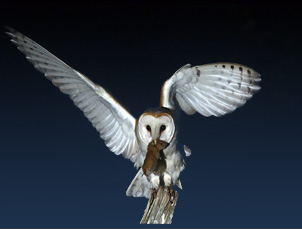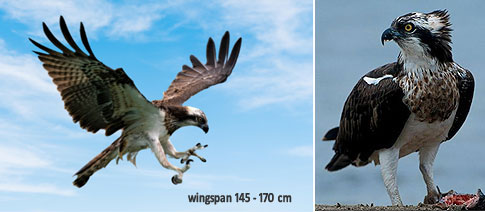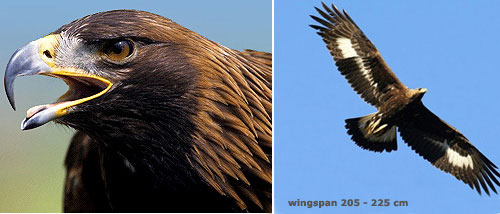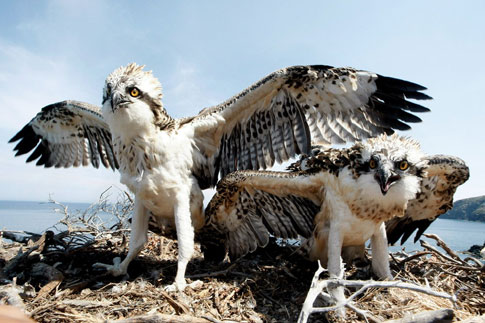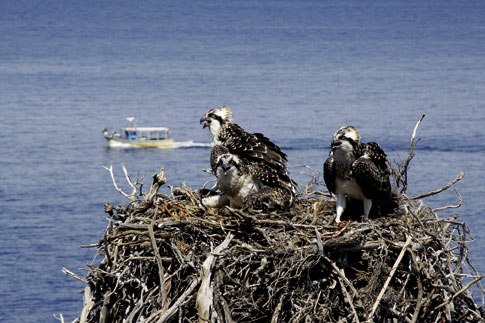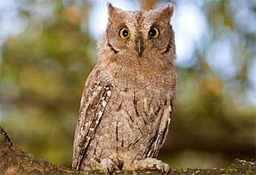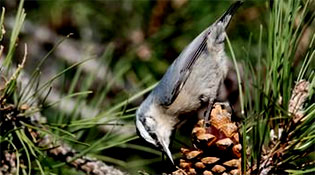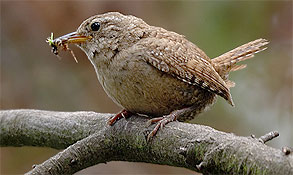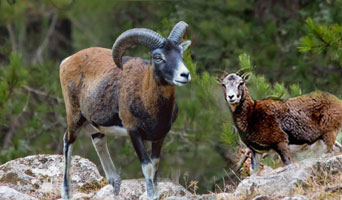
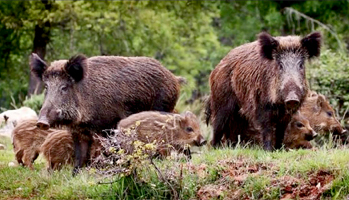

The mouflon is the symbol of the wild fauna in Corsica.
There are about 400-500 living in Corsica now,
they are protected since 1953 .
The male has 80 cm long curved horns, while those of the
female are very small, practically non-existant.
Habitat: mountains
The wild sanglier lives in troups directed by a dominant female.
The old male prefers solitude.
They are essentiel vegetarian, eat roots, champignons, chestnuts.
Habitat: forest, maquis
The fox is an opportunistic predator, who eats almost everything:
birds, chickens, insects, fruit.
Habitat: all sorts and conditions
